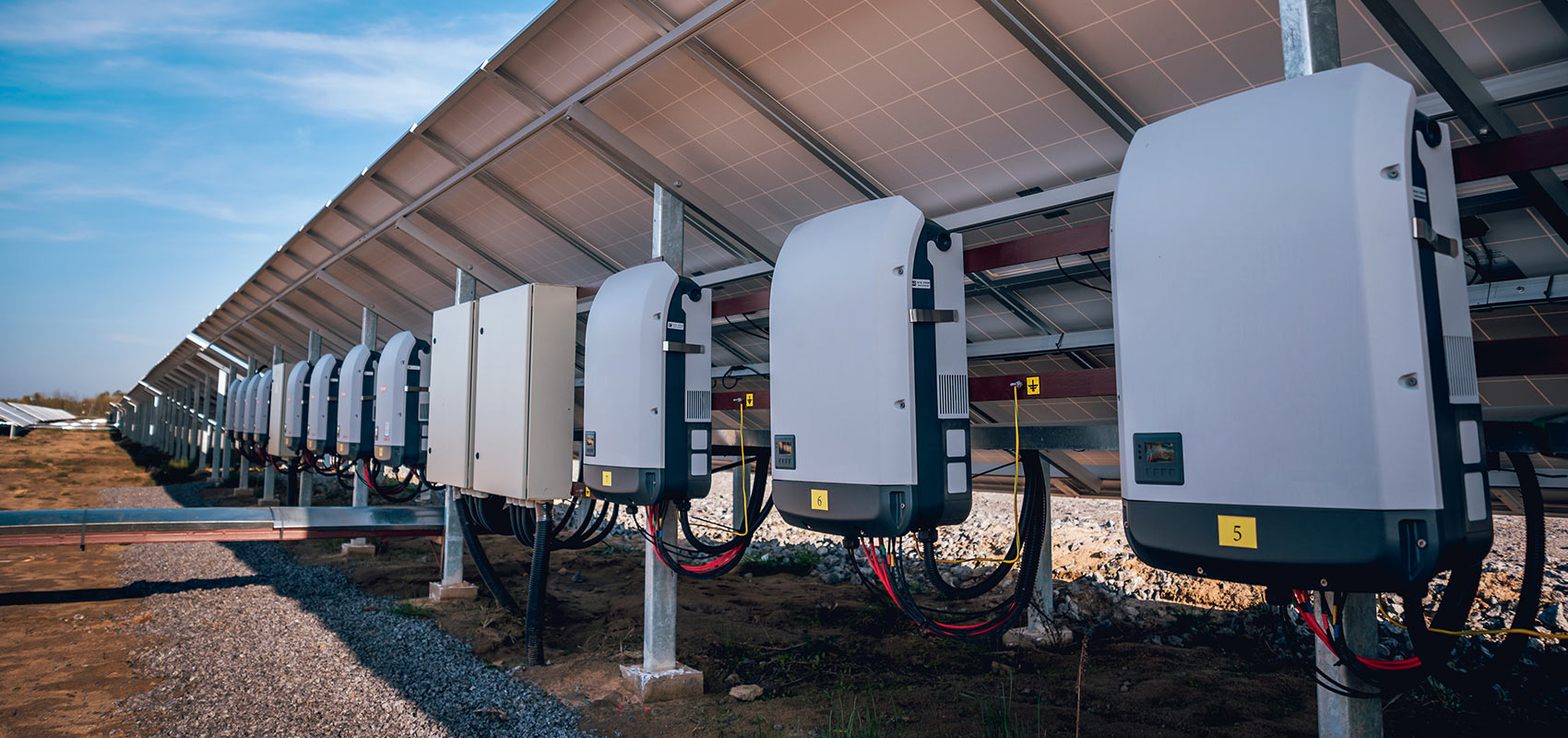Photovoltaic (PV) technology, which converts sunlight into electricity, is becoming increasingly popular as a source of renewable energy. PV technology can be found in a variety of applications, from small-scale residential installations to large-scale utility projects. In this blog post, we will explore the basics of PV technology, its advantages and disadvantages, and some of the most common applications.
How does PV technology work?
PV technology converts sunlight into electricity using semiconductor materials. When sunlight hits the semiconductor, electrons are knocked loose from their atoms, creating a flow of electricity. This flow of electricity can be captured by an array of PV cells and converted into usable energy.
Advantages of PV technology
One of the primary advantages of PV technology is that it is a renewable source of energy. Unlike fossil fuels, which are finite and will eventually run out, sunlight is an abundant and inexhaustible resource. Additionally, PV technology produces no emissions or pollution, making it a clean and environmentally friendly source of energy. PV systems can also be installed in a variety of locations, from rooftops to open fields, making them highly adaptable.
Disadvantages of PV technology
While PV technology has many advantages, there are also some disadvantages to consider. One major challenge is the upfront cost of installation, which can be quite high. However, the cost of PV technology has been decreasing steadily over the years, and many governments offer incentives and rebates to encourage the installation of PV systems. Another challenge is that PV technology is dependent on sunlight, which means that it may not be as reliable in areas with inconsistent or low levels of sunlight.
Applications of PV technology
PV technology can be used in a variety of applications, from small-scale residential installations to large-scale utility projects. Residential PV systems are typically installed on rooftops and can generate enough energy to power a home or supplement the home’s energy needs. Commercial and industrial PV systems can be much larger and are typically installed on rooftops or in open fields. Utility-scale PV systems are the largest and can generate enough electricity to power entire cities or regions.
Conclusion
PV technology is a promising source of renewable energy that has many advantages, including its clean and environmentally friendly nature. While there are some challenges associated with the technology, the cost of installation is decreasing and many governments offer incentives to encourage its use. As more and more people turn to renewable sources of energy, it is likely that we will continue to see growth in the use of PV technology.




